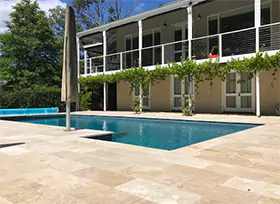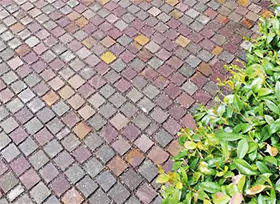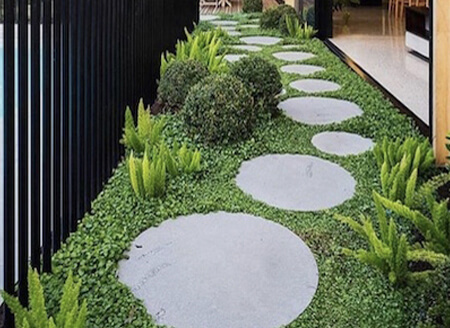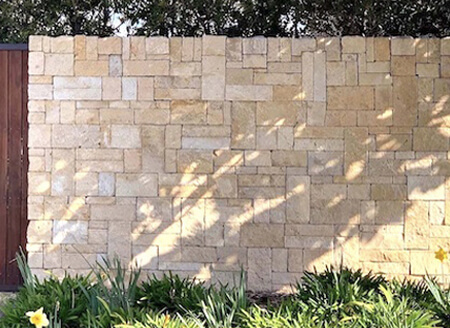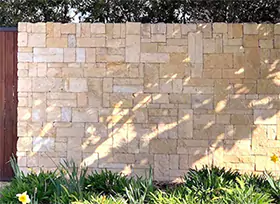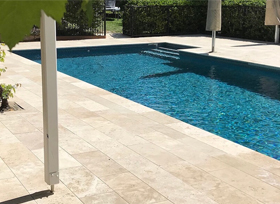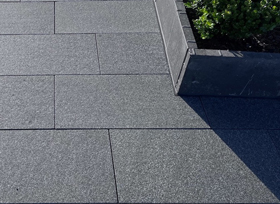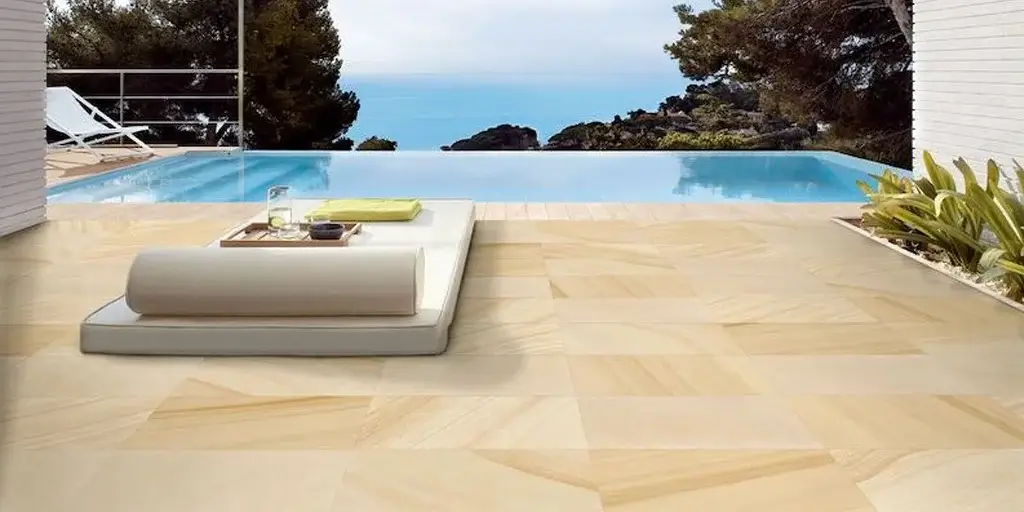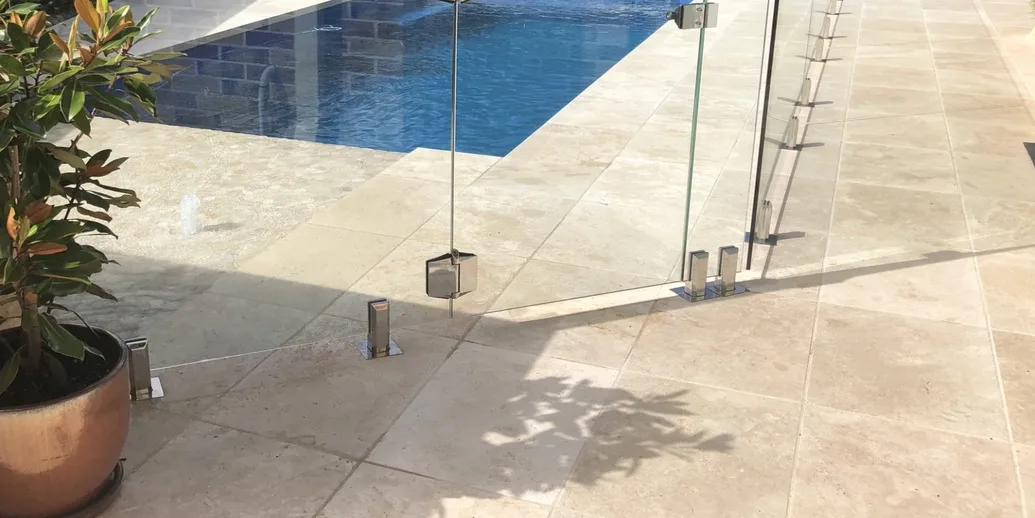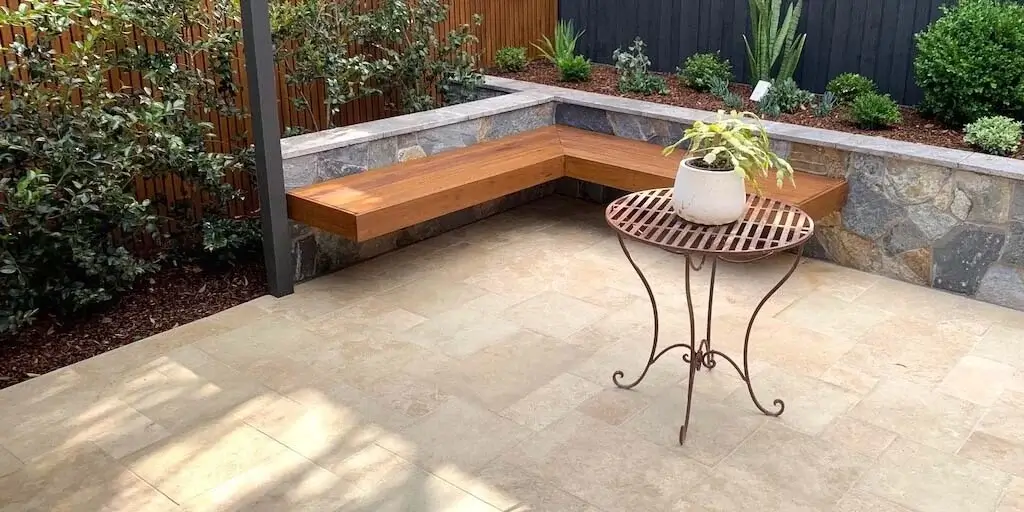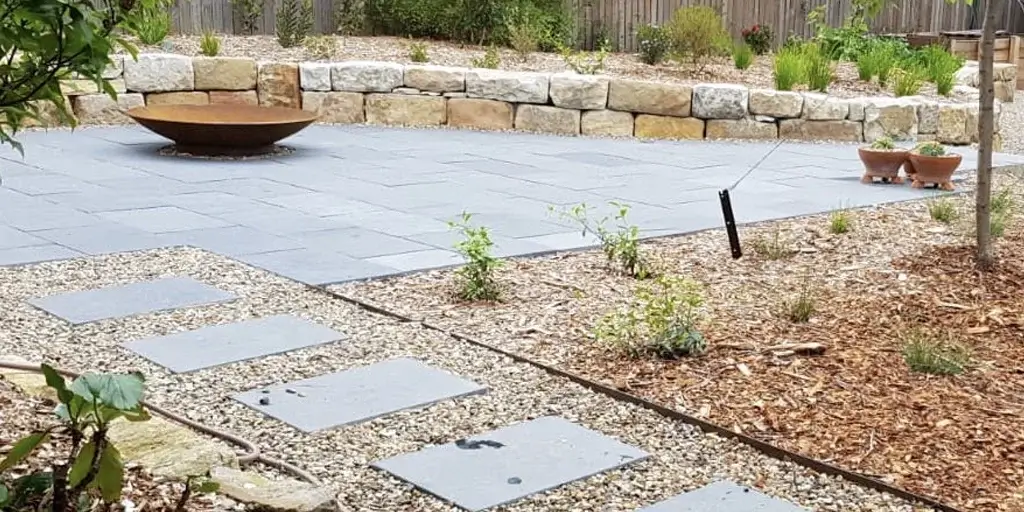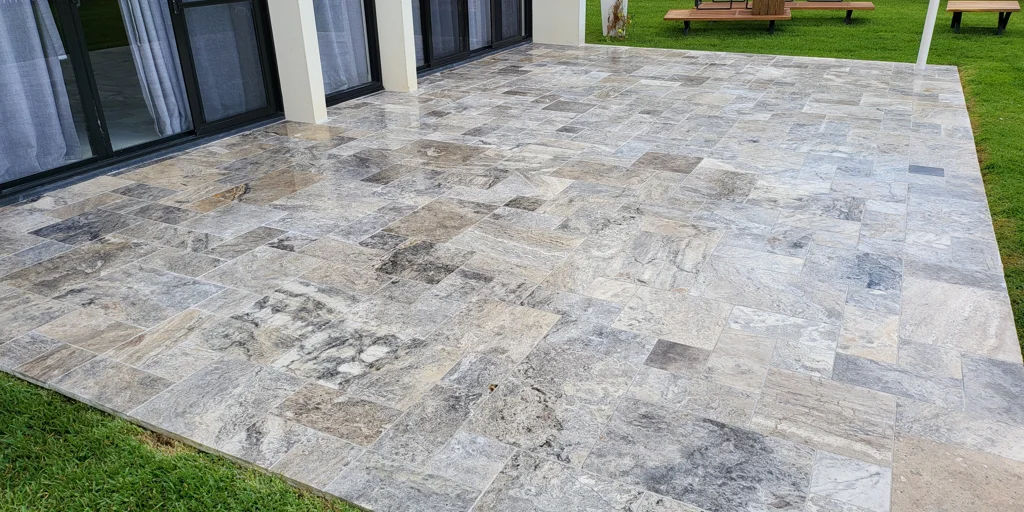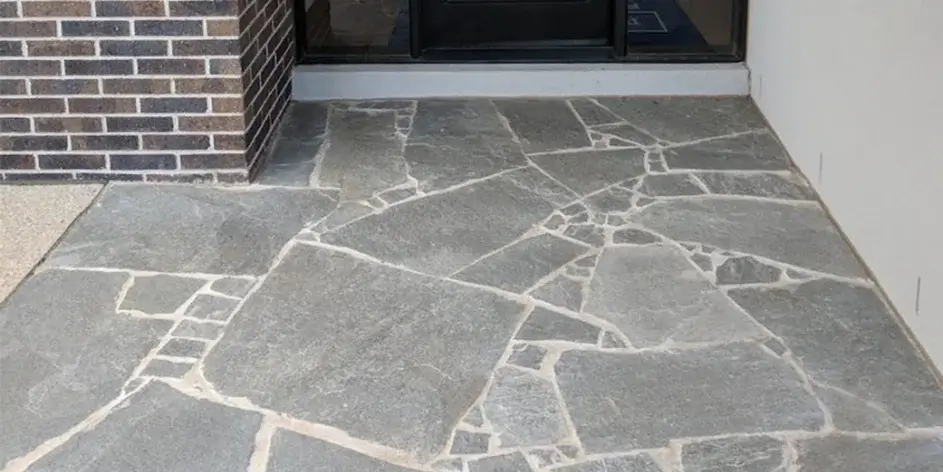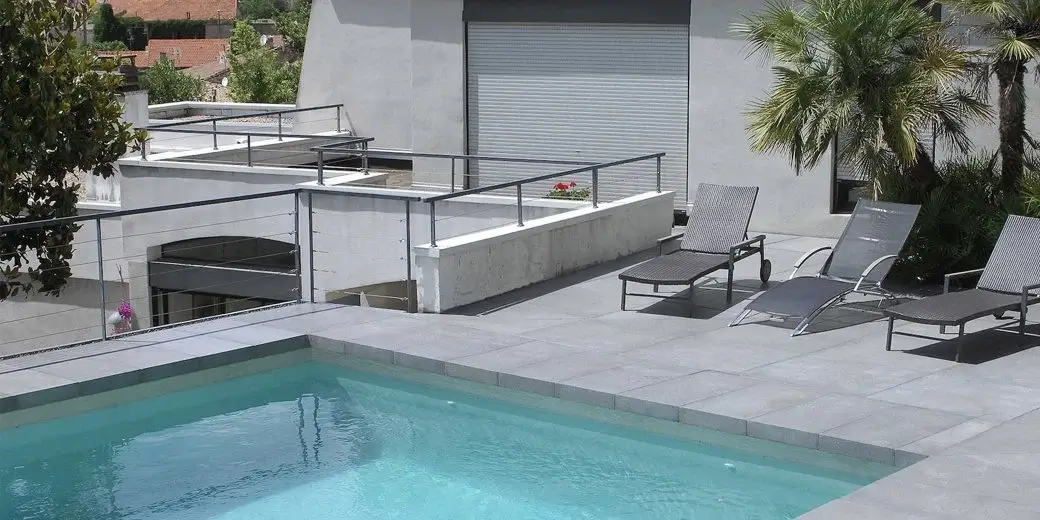These days, most of the residential properties have a pool. Be it indoor or outdoor, the flooring next to the pool requires some criteria to be fulfilled to be both functional and visually beautiful.
Many types of building materials are available in the market, but one that makes Australians go over the design aesthetics is Travertine pavers. It is undoubtedly one of the best natural stone paving options.
Hence, Travertine pavers for your pool deck are ideal for your property. With ample benefits, Travertine offers a new lease of life to the pool surround or pool deck. Travertine pavers’ installation around pools is not a complicated process but needs a fair amount of preparation.
Let us cover the installation process for you here.
Preparation
Excavate the area and compact the soil. Make sure the soil is levelled. Uneven or non-uniform levels will only cause the stones to be laid irregularly. Post this, a fabrication sheet is to be laid on top of the soil.
The Base
Add a crushed limestone base about 4 inches thick and pour a 4- to 6-inch concrete slab. Prepare a dry setting bed by mixing dry sand with cement. No water is to be added. The mixture is screeded and the base is prepared.
Laying Travertine onto the base
Once the base is ready, start laying Travertine pavers on top. Begin by placing from the edge of the path to the inside. We recommended laying pavers from left to right fashion. Also, it would help if you started from a faraway corner so you work your way backwards. Lay the pavers one by one in a continuous line for which you can use a string. Use a soft hammer head to compact and level the base.
Paver cutting and joints filling
You will realize the simplicity of laying the Travertine paver as you proceed. The final step is to cut the pavers wherever required and fill the joints. We recommend sand to fill the joints. An easy way to do it is to sweep the sand over the paved pool area until all of it is in place. The best sand for this process is polymeric sand, which also inhibits the growth of weeds between the joints. Once all sand has been swept in, mist the pavers and set the sand further. This will complete the dry-set process and complete the pool pavers laying.
Check out how simple it is to install Travertine pavers
There are still some errors that can derail all of your efforts. Let’s look at them and discover how to avoid problems during installation.
Failure to consider the boundary: Pool owners choose pavers that interlock neatly around a pool. You can arrange them in circles, geometric shapes, or random patterns. It appears polished while also being natural.
Keep an enclosing border around these interlocking motifs in mind to keep the patterns from migrating. In addition to the outside margins of the Travertine pavers, a border around the pool’s actual circumference is recommended.
Sticking to traditionally old materials: When you think of poolside pavers, you probably have a specific idea in mind. Plain, unadorned natural stones are a popular patio pool surround material. Travertine pool pavers offer the same durability while transforming the scenery of the pool area. Travertine pool pavers come in various styles, including French Pattern and Crazy Pave. They exude a relaxing mood and have a timeless style. The pool can be enhanced by combining pavers and stones.
Ignoring checking the quality of the soil: Evaluating the soil quality where the Travertine pavers will be laid is critical. Some soils are naturally clay-like and dense, while others are loose and gritty. The soil type in which your pool is located will determine how thoroughly the ground must be compacted and how deeply the paver base material must be set. Your concrete or stone pool pavers may be installed on top of a base, such as gravel, rather than directly on the ground.
Damaging the power line by mistake: Don’t believe that because Travertine pavers are laid on top of the ground, the location of your electrical wires is unimportant. Digging may be required while installing new swimming pool pavers and you don’t want to damage them accidentally. Before you begin, contact your local utility provider to get the power lines marked.
Selecting the wrong outdoor paver company: Choosing the appropriate people can make or break your project. You want great quality, affordability, experience, good customer service and warranties on your project. Calling many businesses get various estimates on your job is a good idea. You can also check our free samples of Travertine pavers to help you determine what’s ideal for you.
Conclusion
The quality of the Travertine pavers used in any project can make or break the project. You should choose premium yet economical outdoor pavers with various hues and rich styles. So what are you waiting for? Connect with our stone specialists today!
Hope this post will help you lay Travertine pavers around pools with ease. Laying travertine pavers for driveways or patio would follow the similar process, expect for mortar in the mud-set process. For further queries, please feel to call us on 1300 830 274 or write to us at [email protected]
*Disclaimer: All information and advice given above in the blog are to the best of our knowledge. Please reconfirm at your end before execution.



